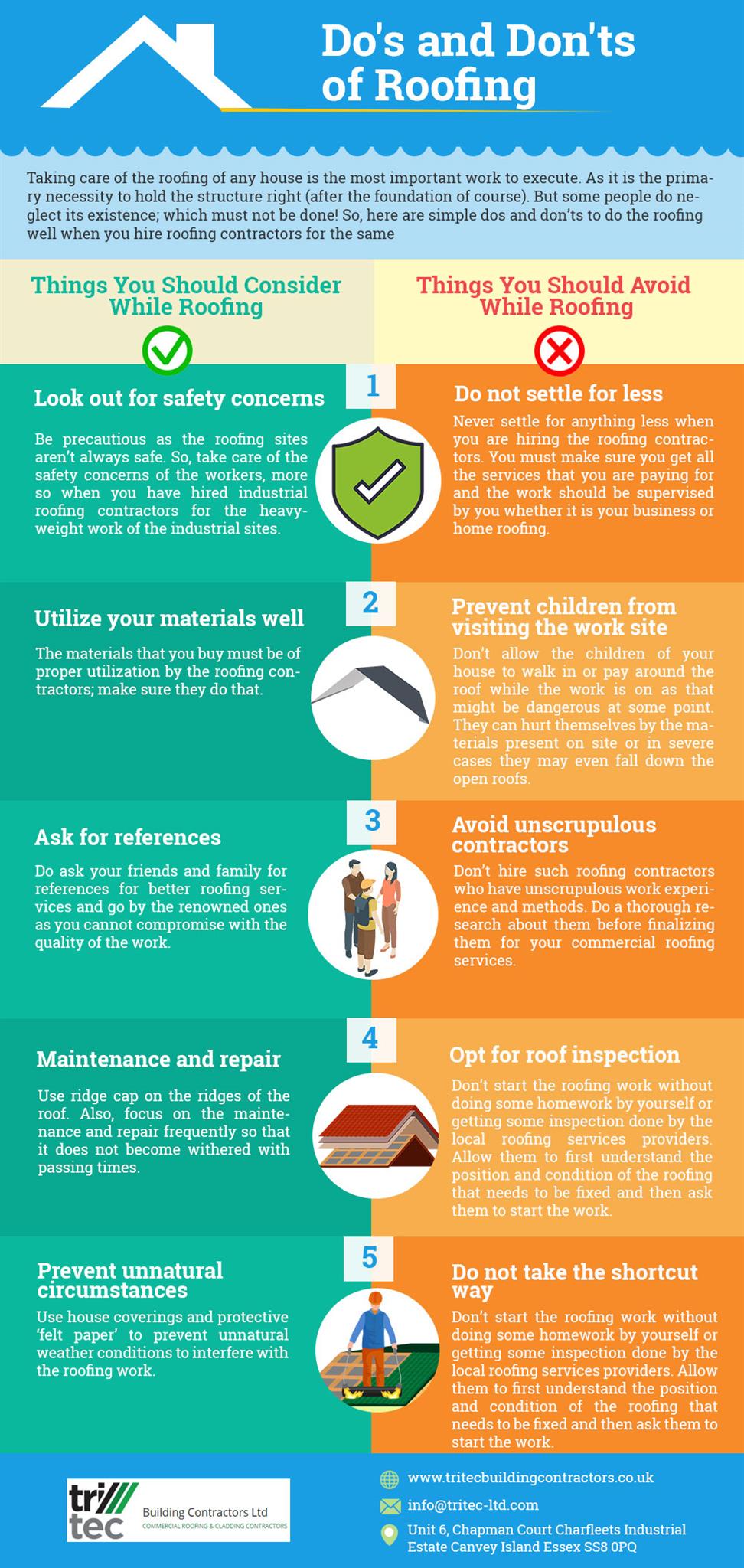When it concerns roofing setups, the weather condition can make or damage the work. Imagine the frustration of taking care of products that will not comply because of extreme heat or fighting unsafe surfaces brought on by unforeseen rain. Recognizing the effect of weather conditions on your roofing job is important for a successful outcome. So, allow's explore how different weather condition components can influence the top quality and sturdiness of your roof covering installation, making certain a work well done.
Impact of Temperature on Roof Covering Installation
When it involves roofing system installation, temperature plays a vital duty in the process. The optimal temperature level for roof jobs typically falls between 45 and 85 levels Fahrenheit. Severe heat can trigger products like roof shingles to become as well pliable, leading to prospective damages throughout installment. On the other hand, cold temperature levels can make materials weak and vulnerable to splitting. It is very important to schedule roof installations during modest temperature levels to guarantee the best outcome.
Throughout chillier weather condition, service providers might require to take added preventative measures such as making use of warmed tools or enabling products to heat up before installment.
In contrast, heat might need job to be done previously or later in the day to avoid the peak temperatures. By considering the temperature level and its effects on roof products, you can assist ensure a successful setup that will withstand the elements for several years to come.
Result of Precipitation on Roofing Projects
Roof covering projects can be considerably impacted by rainfall, impacting both the timeline and the top quality of the installation. Rainfall or snow can develop slippery conditions, making it hazardous for roofing contractors to work with a wet surface area. Furthermore, moisture can jeopardize the bond of materials like tiles or underlayment, leading to possible leakages or damages in the future.
If it rains during a roof project, the water can leak into susceptible areas, triggering delays as the installment crew have to wait on the roof covering to completely dry before continuing. Extreme wetness can also advertise the growth of mold and mildew and mildew, more threatening the honesty of the roofing.
To stay clear of these problems, it's advised to schedule roofing jobs during drier periods or check the weather forecast carefully to intend about any prospective rainstorms. By taking preventative measures to work in desirable weather, you can make sure a smoother and extra successful roof covering installment process.
Influence of Wind Rate on Setup Success
Throughout roof covering installment, the rate of the wind plays an important function in determining the success of the task. High wind rates can posture considerable challenges to contractors, potentially causing safety threats and quality concerns. When wind speeds go beyond advised limitations, it becomes tough to handle products, enhancing the danger of crashes and damages to the roof materials. Solid gusts can also affect the precision of dimensions and the precision required for proper installment.
To make certain an effective roof covering setup, it's vital to check and think about wind rates. Ideally, the san antonio roofing & remodeling crew to take place on days with reduced to moderate wind speeds. This not only enhances the security of the workers yet also boosts the overall top quality of the installation.
Roof covering tasks set up throughout calm weather are most likely to be finished efficiently and with less mistakes. By paying attention to wind rate forecasts and planning appropriately, you can help guarantee a smooth and successful roofing system setup process.
https://www.solarpowerworldonline.com/2021/07/s-5-and-pvcomplete-develop-design-software-for-solar-projects-on-metal-roofs/ , when it comes to roofing installation, remember to take into consideration the climate condition to make certain a successful task. Optimum temperature levels, dry problems, and modest wind rates are essential aspects to focus on for a smooth setup procedure. By scheduling your job throughout the best seasons and suitable weather conditions, you can accomplish a durable and long-lasting roofing system that will certainly secure your home for years ahead.
